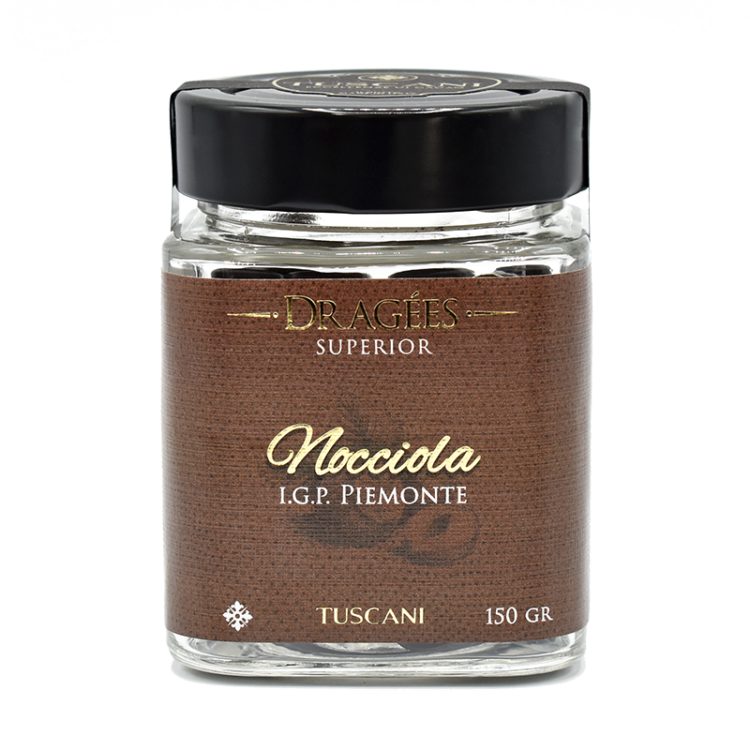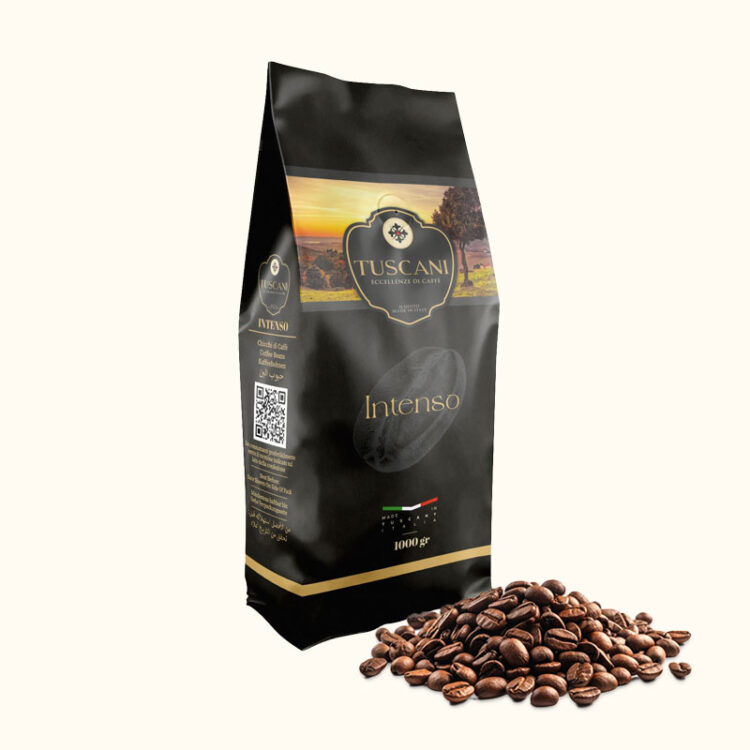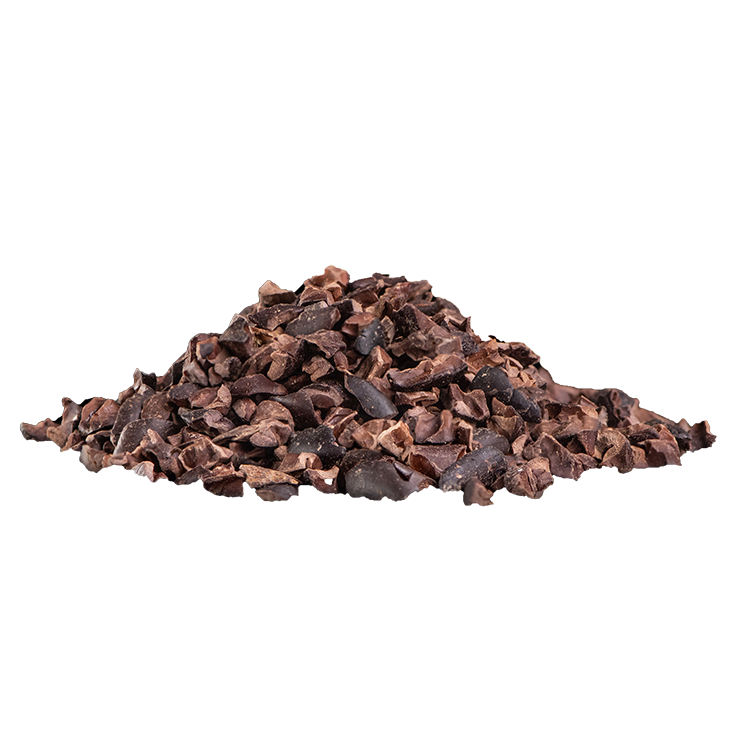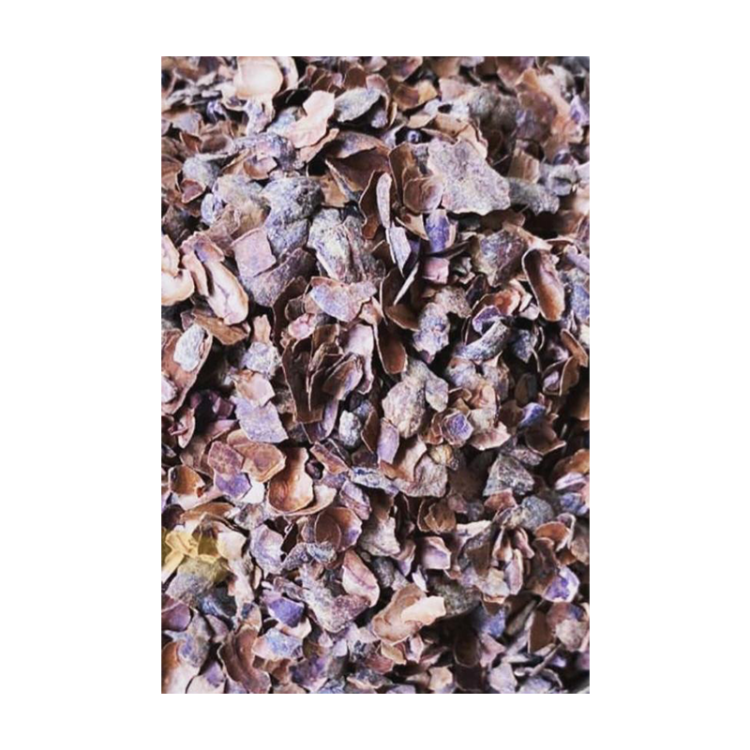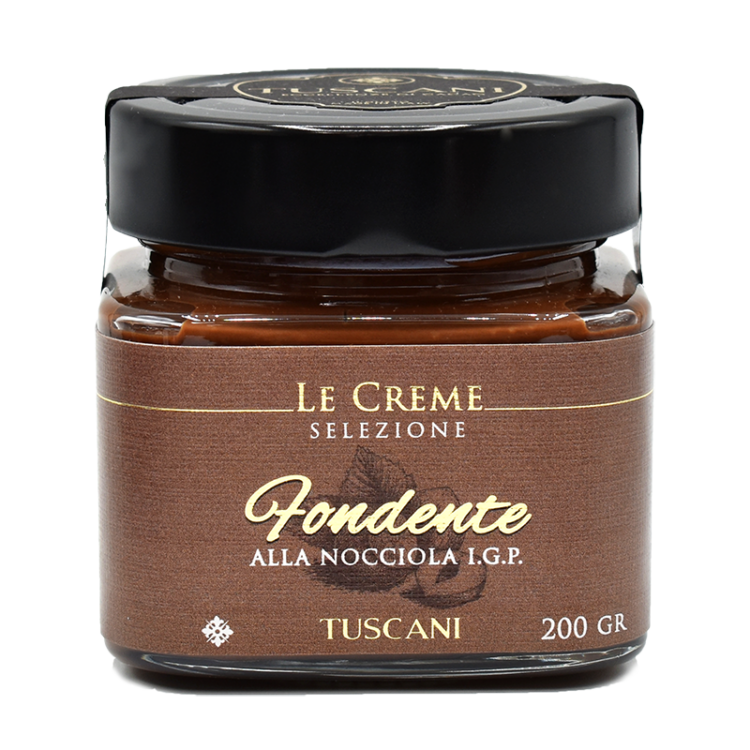Aging Chocolate and Why We Do It
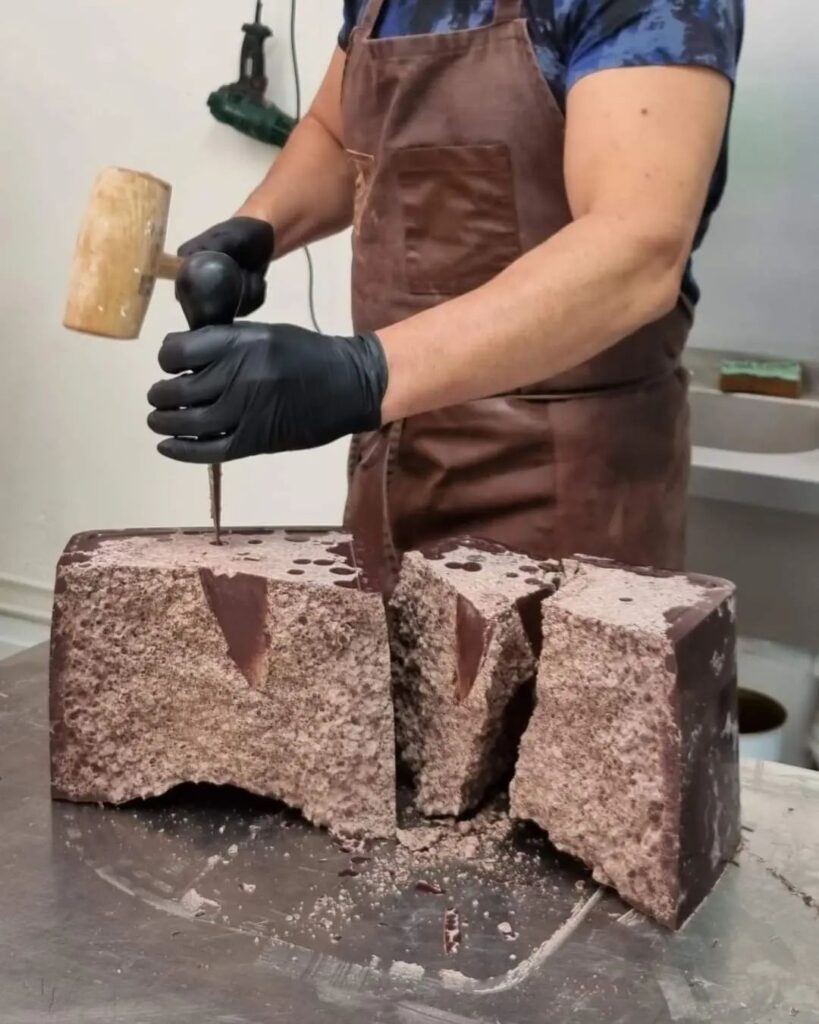
In the craft bean-to-bar chocolate industry there is a mysterious and almost secretive practice that you won’t find in books.
Sure every artisan has his/her own unique way to roast the cacao beans, refine the cocoa nibs or conche the chocolate. But we aren’t talking about the most known steps of chocolate making. We are about to reveal to you a secret step used to achieve truly high-quality and flavorful chocolate: aging.
This process is no stranger in the wine world. Once a bottle of prestigious wine is closed, it isn’t put on the market and sold immediately, but it’s left to rest in the winery for some time. Why? Because of a complex chemical reaction occurring among sugars, acids and substances known as phenolic compounds. In time, this chemical reaction can affect the taste of wine in a way that gives it an increasingly complex and better flavor. A similar process happens in chocolate, and professionals (us included) take full advantage of it.
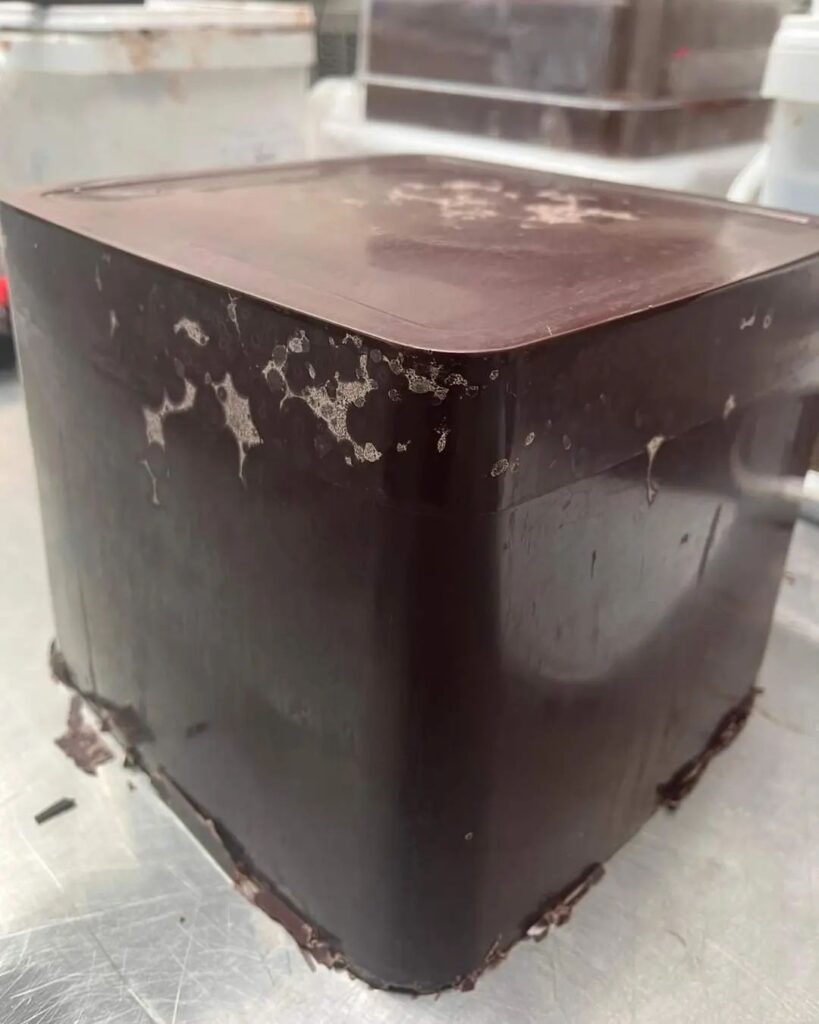
Craft chocolate makers can decide to age cocoa beans, untempered chocolate, tempered chocolate and/or finished chocolate bars. No matter where the professional decides to perform the aging process, the goal is always the same: getting rid of any bad or “off” flavors, and help the “good” flavors integrate into a pleasant overall tasting experience. Both the cocoa beans and the unrefined chocolate in the early stages can carry on unpleasant flavors from fermentation, drying or storing at origin, or naturally showcasing harsh or sour tasting notes due to the terroir or cacao variety. If machines can’t manage to get ride of these intense flavors, sometimes the best thing to do is to simply “wait”.
It is believed that, when you make chocolate from bean to bar, without artificial additives or preservatives, the flavors continue to develop for weeks after grinding and conching. So the crystal structure inside the chocolate continues to develop, and the unpleasant flavors will usually float away while the pleasant flavors will be integrated in a more rounded flavor profile. This stage of the bean-to-bar process isn’t essential, but might give the chocolate a more consistent and developed flavor.
At Tuscani Cioccolato, we firmly believe that more time can help the chocolate develop its best flavor. We run some tests and the results were truly astonishing.
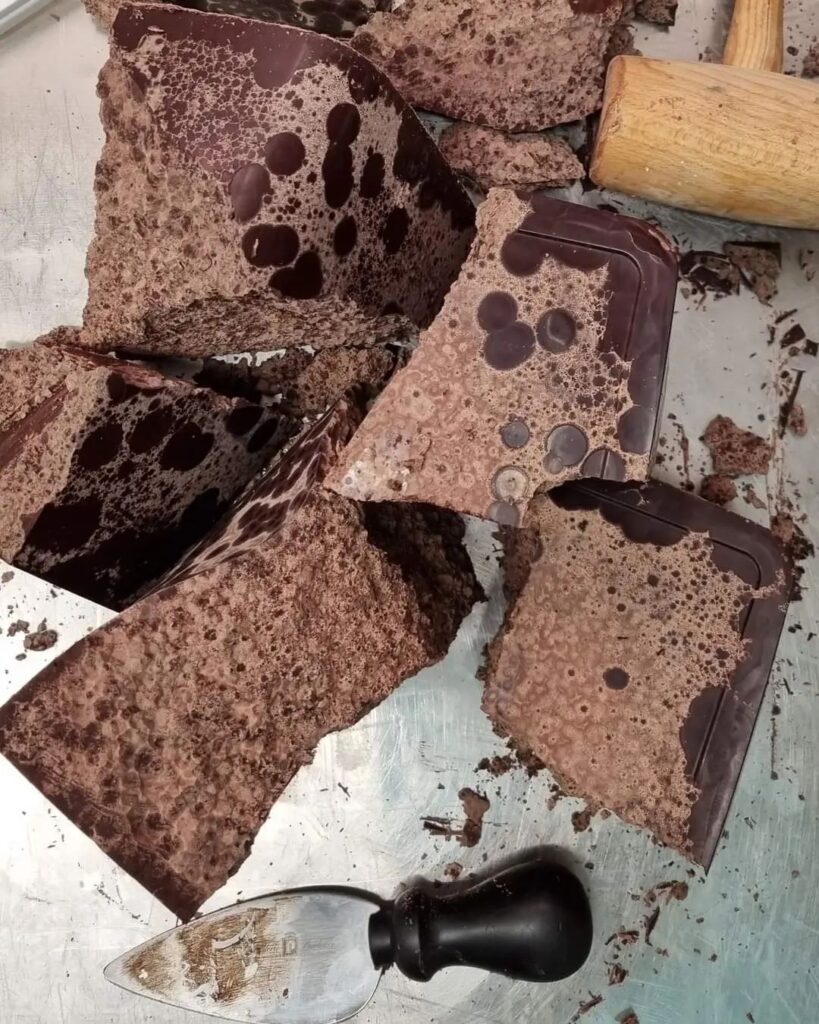
One day, we tempered, conched and molded the chocolate right after refining, arriving to the finished bars in a matter of hours. On the same day, we tempered, conched and molded chocolate that has been left to sit in the dark of our factory and tightly wrapped for 6 long months. Finally, we ran a tasting among all the people in the factory and everybody agreed that the aged chocolate somehow tasted better than the fresh one. Don’t get us wrong: both had incredible flavors, since we started from the same fine-flavor Nicaraguan beans. But the aged chocolate had left behind most of the acidic notes to make space for a rounder, defined and more remarkable flavor. Since that experiment, we always leave our chocolate age in big untempered blocks for 6 months before turning them into bars, bonbons, spreads and more.
Some craft chocolate makers still think that aging chocolate is of no use whatsoever, and we don’t mean to prove them wrong. When you start from already exquisite cacao beans, aging is not a MUST since the flavors are already so enjoyable. But we find that letting the chocolate age gives us not only a better flavor, but a true sense of the aromatic profile that our customers will experience weeks later once they buy our chocolate online, in store or from our distributors.
